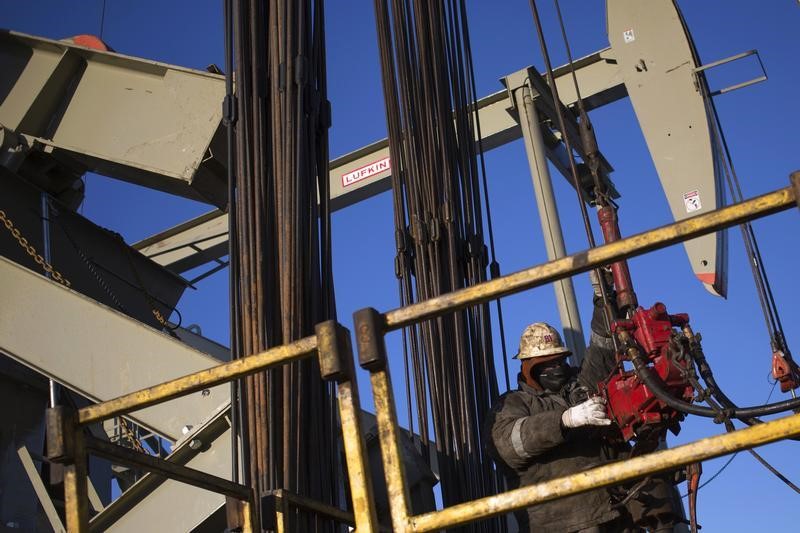Two 59%+ winners, four above 25% in Aug – How this AI model keeps picking winners
TOKYO, Nov 1 (Reuters) - Oil prices steadied on Friday after
a rough week, squeezed about 4% lower by a combination of rising
global supply and uncertain future demand.
U.S. crude Clc1 surfaced for air for the first time in
four days, gaining 15 cents, or 0.3%, to $54.33 a barrel by 0103
GMT. The contract was heading for a weekly loss of more than 4%.
Brent crude LCOc1 was up 6 cents, or 0.1%, at $59.68 a
barrel, leaving it also on track for drop of nearly 4%.
Worries over global economic growth, along with oil demand,
continued to haunt the market as leaders from the United States
and China continue to struggle to end a 16-month dispute that
has roiled trade between the world's top two economies.
"Concerns about the U.S.-China trade dispute have come home
to roost," said Stephen Innes, Asia Pacific market strategist at
AxiTrader. "Framing this doom and gloom view is the massive U.S.
inventory build and the horrendous economic data released over
the past 24 hours."
U.S. crude inventories USOILC=ECI rose by 5.7 million
barrels in the week to Oct. 25, dwarfing analyst expectations
for an increase of just 494,000 barrels. EIA/S
Meanwhile, Japanese factory activity sank to more than a
three-year low in October, data showed on Friday, in a fresh
warning sign for the world's third-largest economy. And on Thursday, official data from China showed factory
activity shrank for a sixth straight month last month, while
growth in the country's service sector was its slowest since
February 2016.
A Reuters survey showed that oil prices are likely to remain
pressured this year and next. The poll of 51 economists and
analysts forecast Brent crude would average $64.16 a barrel in
2019 and $62.38 next year.
Meanwhile, U.S. crude production soared nearly 600,000
barrels per day in August to a record of 12.4 million, buoyed by
a 30% increase in Gulf of Mexico output, according to government
data released on Thursday. Those numbers came as a Reuters survey found output from
Organization of the Petroleum Exporting Countries (OPEC)
recovered in October from an eight-year low, with a rapid
recovery in Saudi Arabian production from attacks on oil plants
more than offsetting losses in Ecuador and voluntary curbs under
a supply pact.
